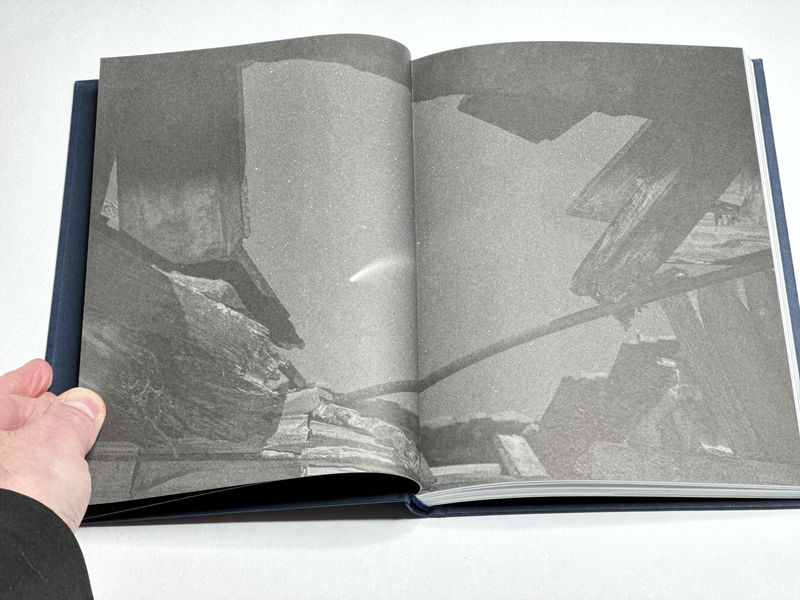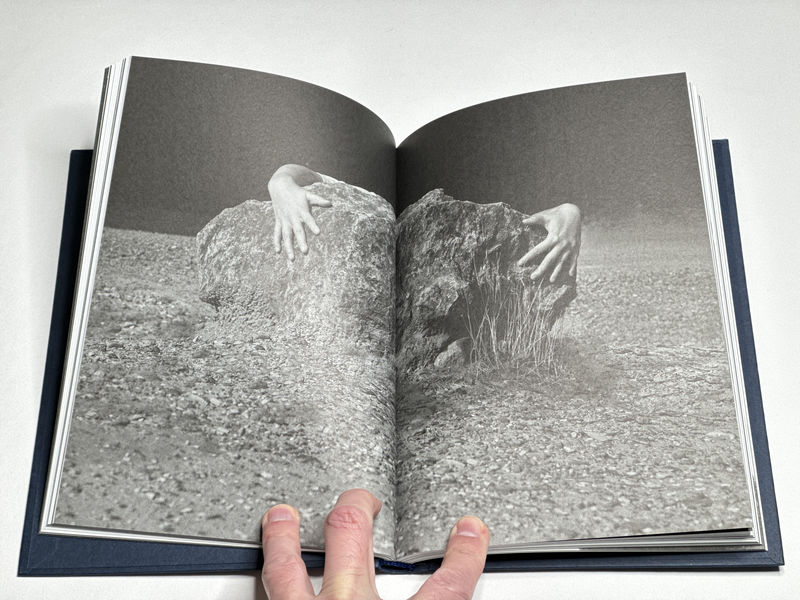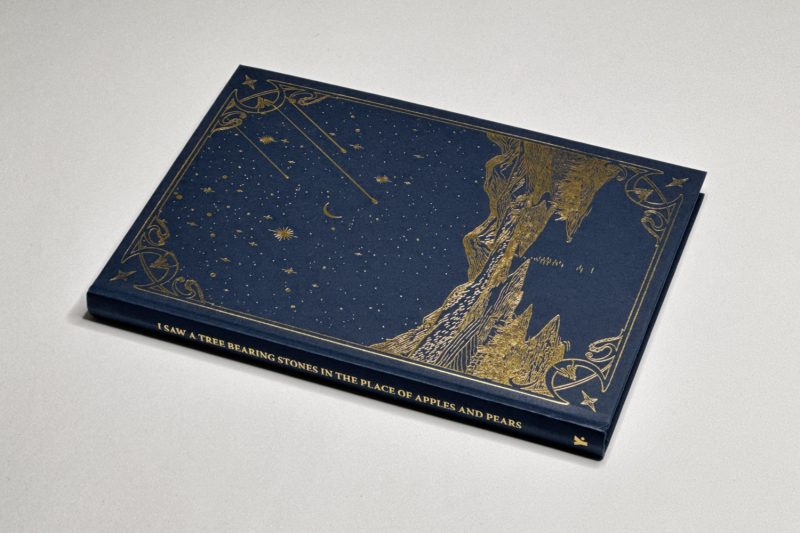If a rock falls from the sky that must mean something. Because if it didn’t why would it happen? At last that’s we humans approach it. There is something magical about a falling star, even if it isn’t a real star and even if it’s not as rare an event as one might imagine. After all, that rock appears to be coming from another world, a world beyond ours, a world we have no access to other than with our own eyes.
I remember seeing a piece of rock astronauts had brought back from the moon. In the museum setting, the rock had been encased in plexiglass, but there had been a small opening left. If you wanted to you were able to touch the rock with a finger or two. I remember that people must have done exactly that, because the rock looked noticeably different where it had been touched. Thousands and thousands of finger tips had rubbed off part of its surface.
Truth be told, a rock falling from the sky isn’t any more magical than the much larger one we live on. Or rather, a rock falling from the sky is just as magical as the one we live on. But what’s easily available does not come with magic (unless one has managed to keep one’s former childhood sense of wonder and curiosity alive).
For as long as human beings have lived on this planet, they have looked at the sky in wonder, and it’s not hard to understand why. What at first looks like the spherical dome sitting on top of our visible world — much like in medieval illustrations — reveals itself to be a space that has depth once you move away from light pollution. The spherical dome is in fact not a dome: it’s a vast space whose end is not in sight (and which in fact might not have one).

This space reveals itself with time, as you allow your eyes to become sensitive to light that initially you simply would not be able to see. In other words, you see something that you were not able to see before (or you thought that you were unable to do so), and it’s a world that is not merely black and white. Every little sparkle in the sky has its own colour. Some of the sparkles are indeed white, but many are yellow or red or blue.
And out of that vast space — it is vast once you see it the way people saw it before our own lights made it almost disappear — come little rocks our way, crossing the sky in fiery paths, and then crashing into the ground. Again: how is this not magical?
All of this is the premise of Emilia Martin‘s I saw a tree bearing stones in the place of apples and pears. Using the by now familiar contemporary recipe of assembling the artist’s own photographs (some post-processed) and archival ones and including a similar mix of texts, the book dives into our fascination with meteorites.
For someone with a background in astrophysics these kinds of books have a harder job than others. After all, I am very familiar with the science, and I know some of the history as well. Thankfully, the artist did not attempt to play a scientist (in my book one of the gravest mistake an artist can do). Instead, the book mostly centers on the magic of the experience and on the many ways human beings have tried to make sense of these rocks.

As can be expected, the text and images work in different ways. In effect, they complement each other to build up the overall story (“story” is not necessarily the best word to describe it, but for the sake of simplicity I will stick with it). The book itself contributes through its smart and elegant production choices (may I add that at 32 Euros, it will not break the bank — a most welcome price point in a world where now $75 or $85 books have become the norm).
There is, of course, Regine Petersen‘s Find a Fallen Star, a three-volume book that also covers meteorites. Contrary to what many teachers and art critics want us to believe, there is much to be said for the same idea or topic being covered by more than one artist. After all, art is no competition — even if it’s often treated as such.
If I had to pick one book… Which I don’t, because as I said, art is no competition… But still, if I had to pick one it would be Martin’s book, mostly because it is more magical. The older I get, the more magic I want. Plus, magic allows for uncertainty, and uncertainty allows for the space that art, and only art, can fill.
That said, at times even I saw a tree bearing stones in the place of apples and pears is a little bit too cerebral. It would seem that contemporary photographers and their book makers just can’t help themselves. Do I really need to see a grid of similar looking photographs on a spread, supplanting actual magic with whatever this photography game is supposed to be? I think not. I probably also didn’t need any of the explanatory texts.

Maybe there should have been even more magic, even more playing around with possibilities and uncertainty — but then it might just be a different book, and what point is there is discussing an imaginary book over the one at hand?
My minor misgivings aside, I saw a tree bearing stones in the place of apples and pears demonstrates the strength of contemporary photobook making and storytelling. It’s a charming and engaging book that invites the viewer to come back simply by offering surprise revelations here and there. If you miss something the first time around, there always is that second time.
But the book also is a reminder of the simple fact that magic can be had in the simplest of ways: by looking at the stars. Maybe one of them will even fall in front of your feet. You never know.
I saw a tree bearing stones in the place of apples and pears; photographs and texts by Emilia Martin and various authors; unpaginated; Yogurt Editions; 2024
If you enjoyed this article, please consider subscribing to my Patreon. There, you will find exclusive articles, videos, and audio guides about the world of the photobook and more. For those curious, there now is the possibility of a trial membership for seven days.
Much like journalism, photography criticism involves a huge investment of time and resources. When you become a subscriber, you not only get access to more of my work. You will also help me produce it (including the free content on this site).
Thank you for your support!
